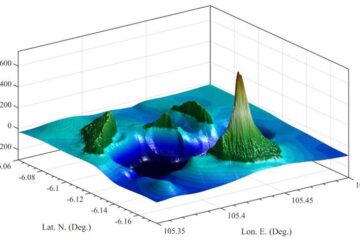Earth Sciences (also referred to as Geosciences), which deals with basic issues surrounding our planet, plays a vital role in the area of energy and raw materials supply.
Earth Sciences comprises subjects such as geology, geography, geological informatics, paleontology, mineralogy, petrography, crystallography, geophysics, geodesy, glaciology, cartography, photogrammetry, meteorology and seismology, early-warning systems, earthquake research and polar research.

The aurora borealis, or northern lights, that fill the sky in high-latitude regions have fascinated people for thousands of years. But how they’re created, while theorized, had not been conclusively…

The South Pole and the rest of East Antarctica is cold now and was even more frigid during the most recent ice age around 20,000 years ago — but not…

Geostationary Earth Orbit Hyperspectral Infrared Radiance data improve local severe storm forecasts proofed by using a new Hybrid OSSE method. Since the era of meteorological satellites began in the 1950s,…

What is happening deep beneath the surface of ice planets? Is there liquid water, and if so, how does it interact with the planetary rocky “seafloor”? New experiments show that…

URI Professor Stéphan Grilli is keeping a close eye on volcanoes closer to the US. An article recently published in the prestigious journal Nature Communications, written by University of Rhode…

GEOMAR scientists publish unique data set on the northern Chilean subduction zone. Northern Chile is an ideal natural laboratory to study the origin of earthquakes. Here, the Pacific Nazca plate…